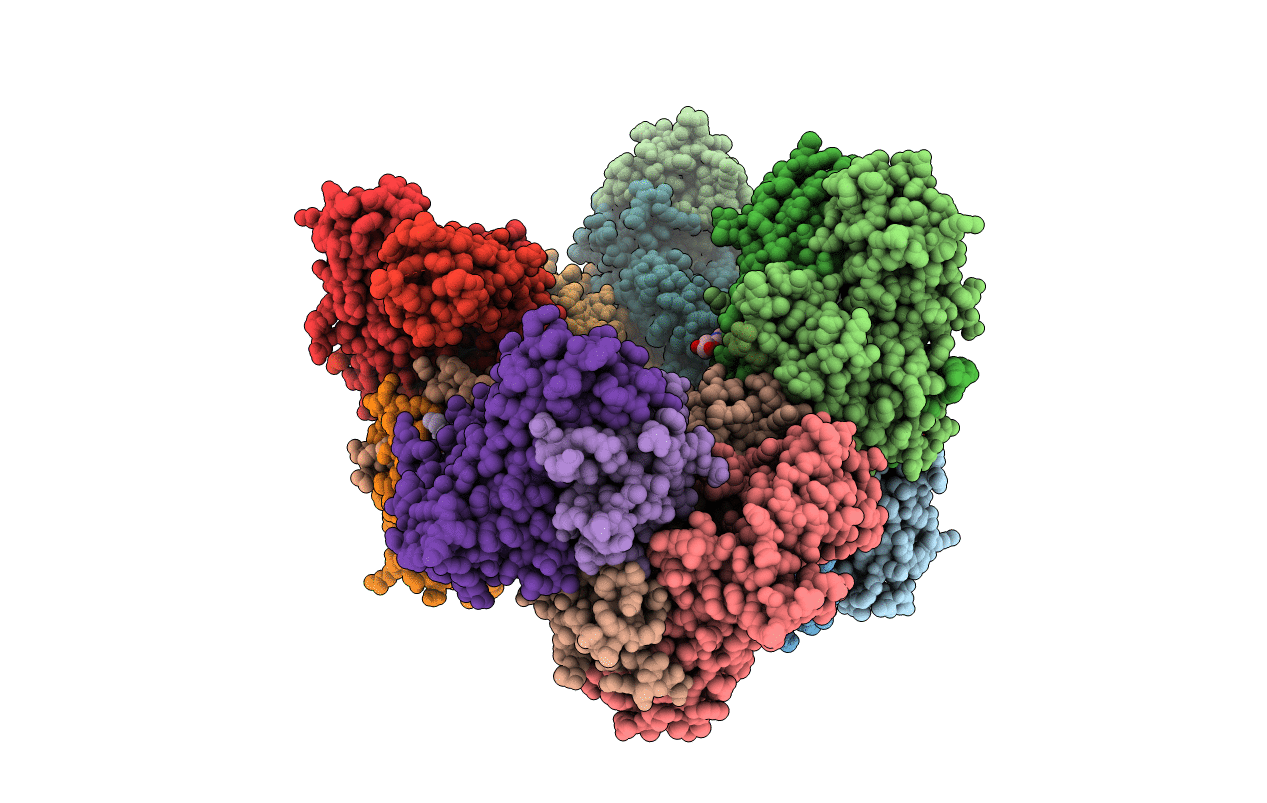
Deposition Date
2014-03-04
Release Date
2014-05-21
Last Version Date
2024-11-20
Entry Detail
PDB ID:
4P2R
Keywords:
Title:
Crystal structure of the 5cc7 TCR in complex with 5c1/I-Ek
Biological Source:
Source Organism:
Mus musculus (Taxon ID: 10090)
synthetic construct (Taxon ID: 32630)
synthetic construct (Taxon ID: 32630)
Host Organism:
Method Details:
Experimental Method:
Resolution:
3.30 Å
R-Value Free:
0.24
R-Value Work:
0.21
R-Value Observed:
0.21
Space Group:
C 1 2 1


